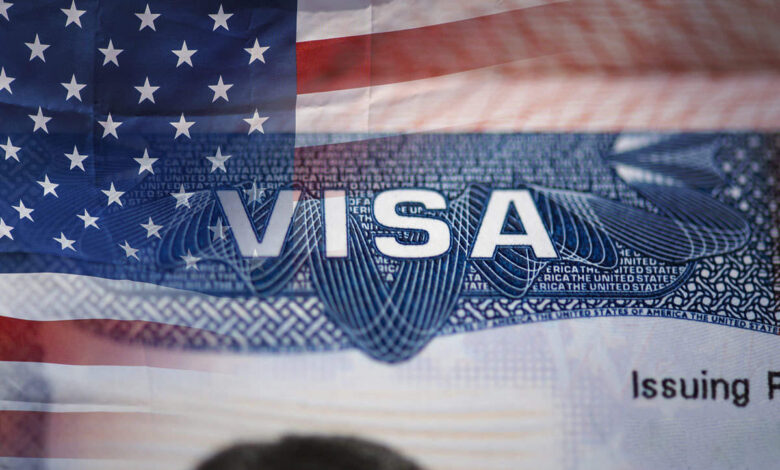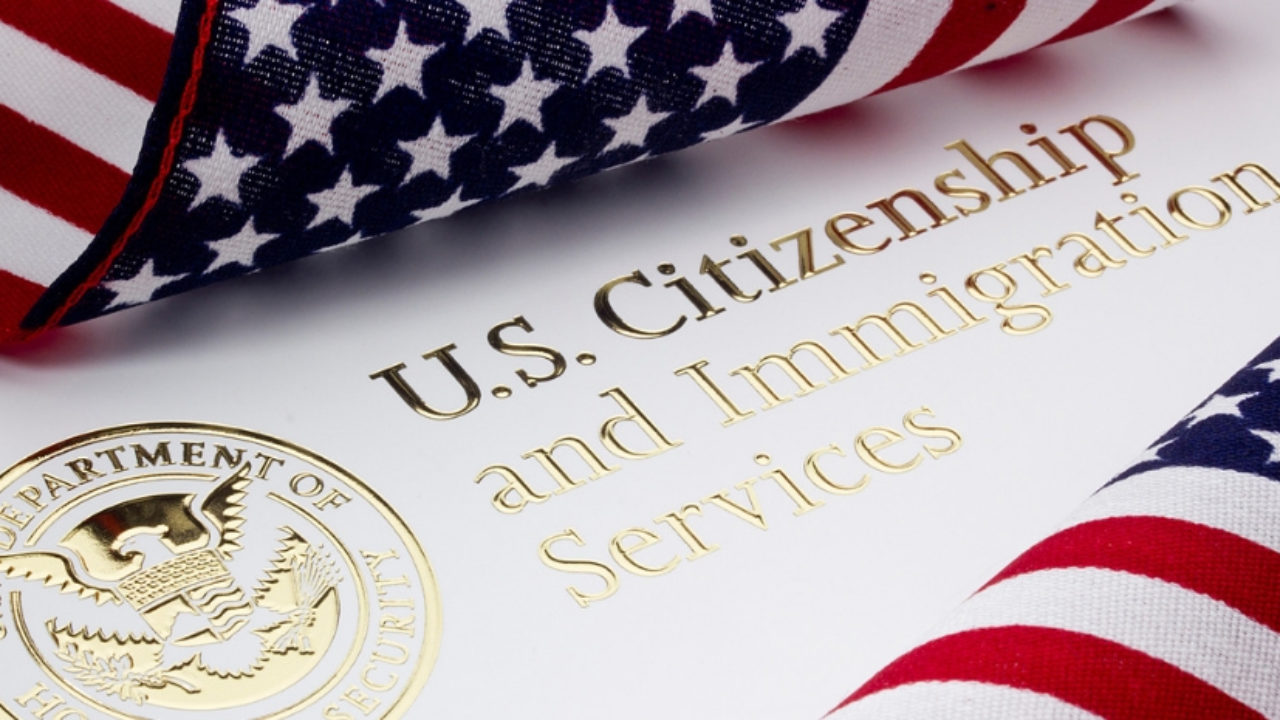Even if a person loses their employment and must leave the US, their H-1B visa status will stay in place.

Even if a person loses their employment and must leave the US, their H-1B visa status will stay in place. There has been a significant increase in the number of Indian students choosing the US as their campus destination for higher education during the last several years. In 2022, a record 82,000 student visas were given, more than any other country, according to a recent announcement by the US embassy in India.
Over the past several years, the number of Indian students enrolled in optional practical training has increased significantly, along with the number of Indian students attending US schools. OPT gives Indian students the chance to work in the US after graduation. As of November 2020, there were 81,173 Indian students registered for the OPT programme in the US, according to the Open Doors survey, which keeps track of the number of overseas students.
However, since thousands of jobs are being lost across the US, Indian students who began working there during their OPT time or who received H-1B work visas from businesses after their OPT period ended are now also experiencing difficulties. Temporary work with a clear connection to the applicant’s primary field of study is known as an OPT. Students with F-1 visas who complete their coursework in the US are eligible to apply for OPT without needing a job offer.
The candidate may have many positions with different companies, but each position must be associated with the degree programme they have completed. Working a minimum of 20 hours per week is required.For Indians who have graduated from US institutions and may have just experienced a job loss, Emily Neumann, managing partner at law firm Reddy & Neumann, one of Houston’s leading immigration law companies entirely focused on US employment-based immigration, has some encouraging news. The majority of the time, she explains, losing a job does not necessitate ending one’s immigration process to the US.
Even if someone has migrated outside of the US as a result of losing their job, this is frequently only a temporary circumstance, she told The Times of India. She claims that even if they finally have to leave the country, many recent F-1 to H-1B converts won’t have to go through the H-1B lottery again. A new employer may submit a fresh H-1B petition that is not “subject to the ceiling” and receive authorization for consular processing to reclaim any time that has passed toward the H-1B visa’s six-year maximum.
After this new petition is approved, if the person already has a valid visa stamp from the previous company, they may utilise it to come back to the US to work for the new business, she added. This can assist in reducing the situation’s tension, if not completely.
Notably, to compete for the 65,000 available slots, H-1B visa petitions are subject to a quota and must be submitted during the first five days of April. A lottery for graduates of US colleges with master’s degrees or above selects an additional 20,000 visa applications after the United States Citizenship and Immigration Services (USCIS) fills the 65,000 slots subject to the cap.
Neumann advises Indian students on OPT who are worried about the present employment market to consider other options before making travel plans out of the country. If the work is connected to the student’s field of study, a variety of employment kinds are permitted during the initial 12-month OPT term. It could be simpler for a student with an F-1 visa to find part-time work or unpaid training.
Contract work, short-term engagements, and even self-employment are all permitted, according to her. In their industry, students may launch their businesses or provide supplemental teaching during OPT. In contrast, Neumann issues a warning on the employment regulations for people participating in the OPT STEM [science, technology, engineering, and math] extension term, which is permitted for an additional 24 months.
A training plan must be developed, this employee must use E-Verify, and the employer must offer supervision throughout this period. Additionally, she advises students to be wary of dishonest firms that provide a job with an offer letter but no actual employment.
Consider extra studies as yet another choice for pupils. Holders of an F-1 visa are given “duration of status,” which permits them to remain in the country so long as the student’s Form I-20 is valid. This makes it simpler for students to switch majors or universities and may enable a student who loses their employment during their OPT to return to school to pursue further education. However, Neumann advises students to pick their programme and school carefully and to be aware of institutions that promise students quick employment through in-class practical training and have low entry criteria.
Another difficulty is the protracted wait times for H-1B visa processing at the US Embassy and consulates in India. As long as the OPT has not expired and the student is abiding by the terms and conditions of the student visa, students on OPT who have not asked to convert their status to H-1B may stay in the US while they wait for a visa slot. While awaiting a visa appointment, they may also stay in the US on their present status. By requesting that their employer submit a change of status, students could think about skipping the visa application procedure.
Even though they are getting shorter, appointments at Indian consulates might still take two to four months. When an H-1B petition is filed, people who are already in the country in another status, such as a student visa, are frequently qualified for a change of status, which eliminates the need for them to apply for a new visa at a consulate unless they plan to travel.
A for-profit company must go through the lottery procedure for individuals who have never before had H-1B status or an H-1B visa. If the employer is a government research organization, a non-profit research organization, or an institution of higher education (or a related non-profit entity), they may be cap-exempt, which means they do not have to submit a petition during the lottery and may sponsor an employee for the H-1B category at any time of the year.
People who are thinking about taking a job with a cap-exempt company to escape the H-1B lottery procedure should be aware that if they ever want to work for a for-profit company again, they will have to go through the lottery process. However, Neumann noted that a petition for concurrent employment can be used to simultaneously work for a cap-exempt and a cap-subject business without having to enter a lottery.




